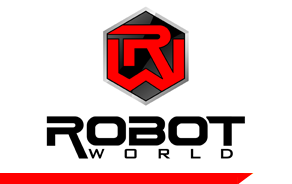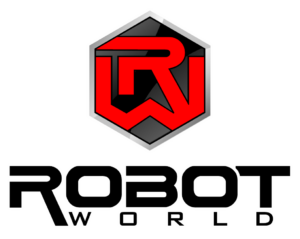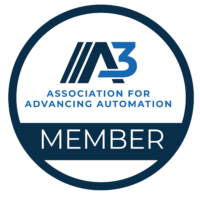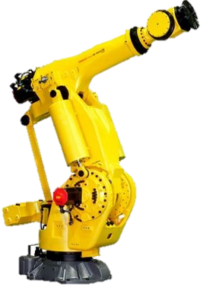Bringing on a workforce made up of metal — that never gets tired or hungry, never wants to take a break or receive more pay — may seem like a dream solution for manufacturers. While the latest models are much more collaborative, mobile and smarter than in the past, there are still significant challenges and advantages with adding industrial robots to your workforce.
Robot-Human Interaction
Understanding how to work with others can be challenging, but if you add humans who don’t understand the fundamentally different nature of their metal co-workers, you’ve got a whole new set of issues. Humans and robots working together in a cell is the most productive way to make use of these tools, but there are any number of problems that traditional line workers may not know how to anticipate: poor programming, maintenance requirements, and the serious potential that operators accidentally align themselves in the path of a robot, resulting in injuries. It’s important to train workers on how to maneuver and work robots- while keeping them updated on the latest robot technology. A small amount of training can save a lot of time down the road and have big rewards.
Mechanical Maintenance
When it comes right down to it, an industrial robot is an appliance or a tool–and as such, it’s destined to break down and require maintenance. Since robots are still relatively young in their life cycle, repairing them requires specialized knowledge of the machine. It’s important to regularly inspect your robot and fix and issues it may have. This can prolong the life of the robot ensuring that production will run smoothly.
There are plenty of opportunities to incorporate industrial robots into a production facility, but it’s important to be aware of the challenges that you will encounter, benefits and the tradeoffs required for their use.
If you need a robot integration service. contact the team at Robot World today.



